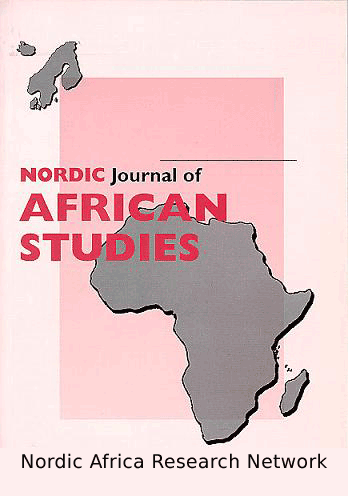Protest and Political Change in Ethiopia: The Initial Success of the Oromo Qeerroo Youth Movement
Published 2021-12-29
Keywords
- social movement theory,
- political process theory,
- Ethiopia,
- Qeerroo,
- Oromo protest

This work is licensed under a Creative Commons Attribution-NonCommercial 4.0 International License.
How to Cite
Abstract
Ethiopia was until recently perceived to be a strong state, with a coherent governing coalition party, the Ethiopian Peoples’ Revolutionary Democratic Front, dominated by its minority Tigrayan component party. The death of the party’s strongman Meles Zenawi in 2012 created opportunities to challenge political power both from within the coalition and from outside by mobilizing public masses. An Oromo ethnic based social movement called Qeerroo (‘youth’) launched mass protests in 2014, calling for political accountability and an increase of Oromo representation and authority within the governing coalition. Widespread demonstrations ensued for several years, compelling the party leader and prime minister to step down in 2018 in order for an Oromo leader to emerge at the helm of power.
Drawing on social movement and political process theories, this article analyses the political opportunities seized and the mobilizing structures used by the Qeerroo movement in their struggle to transform Ethiopian politics. Exploiting unpopular political decisions and a weakened federal government, the Qeerroo employed an ethnic discourse, university campuses, and social media to mobilize mass protests against the Tigrayan dominated federal government. The Qeerroo movement was instrumental in enforcing a change in leadership in Ethiopia, resulting in the coming to power of Prime Minister Abiy Ahmed.

